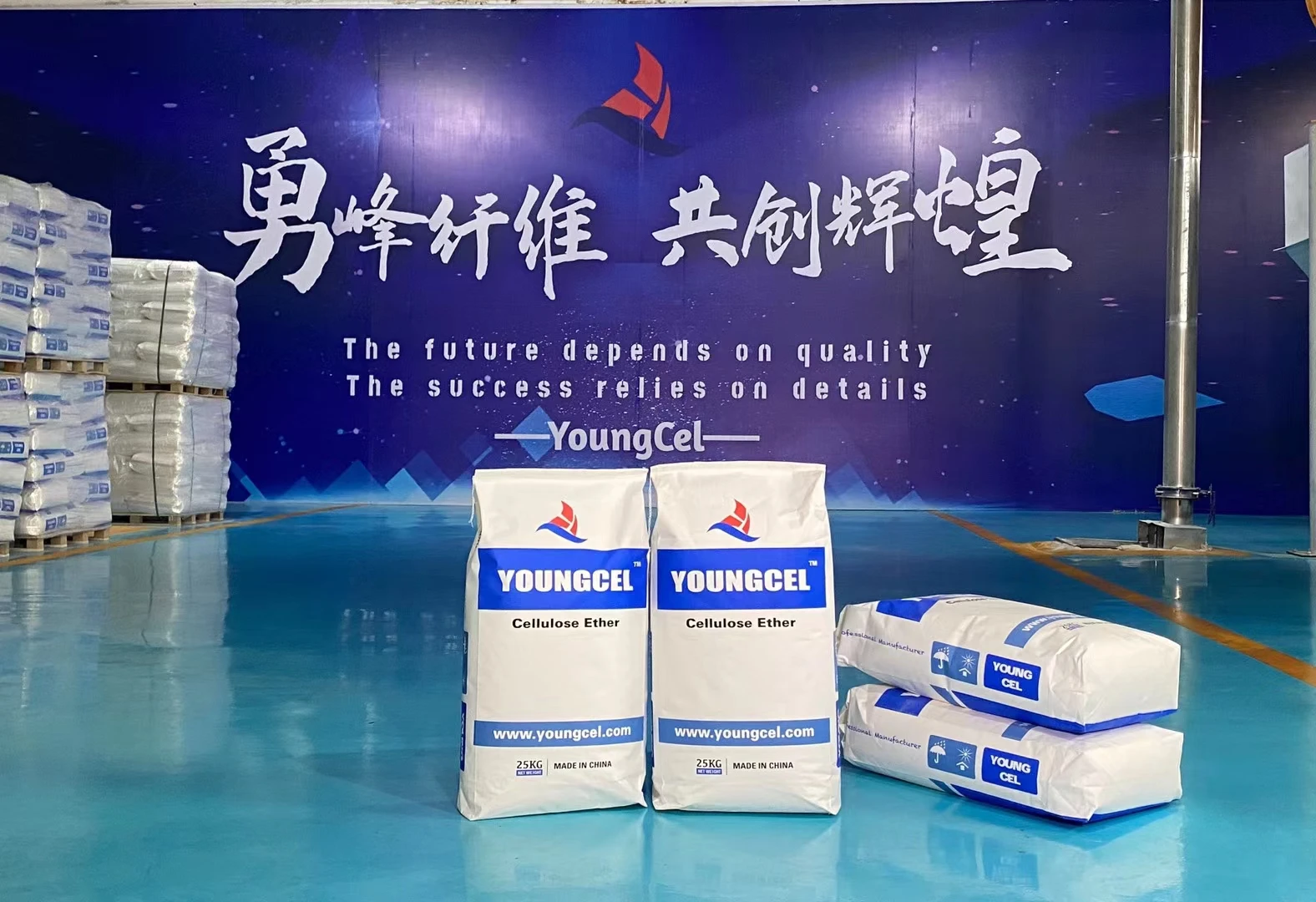The Role of Cellulose Binders in Modern Applications
Cellulose binders are an essential component in various industries due to their unique properties and versatility. Derived from natural cellulose, which is a fundamental structural component of plant cell walls, these binders possess excellent adhesive qualities, making them indispensable in numerous applications ranging from pharmaceuticals to construction.
Understanding Cellulose Binders
Cellulose binders are primarily produced from plant sources such as wood, cotton, and various agricultural byproducts. Their natural origin not only makes them biodegradable but also positions them as an eco-friendly alternative to synthetic adhesives. Cellulose is modified to enhance its binding properties, resulting in materials such as hydroxypropyl cellulose (HPC), carboxymethyl cellulose (CMC), and methylcellulose (MC), each of which has its unique set of characteristics and applications.
One of the primary advantages of cellulose binders is their ability to form stable films when dry. This property makes them particularly useful in products that require a durable and cohesive structure, such as tablets in the pharmaceutical industry, where they help maintain the integrity of the tablet while controlling the release of active ingredients.
Applications in Pharmaceuticals
In the pharmaceutical sector, cellulose binders serve a crucial role in the formulation of tablets and granules. They act as not only binders but also as disintegrants and stabilizers. For instance, CMC is commonly employed in the production of oral tablets, where it improves the flow properties of the powders during manufacturing and aids in the disintegration process—ensuring that the active ingredients are released appropriately upon ingestion. The use of cellulose binders can significantly enhance the bioavailability of drugs, leading to more effective therapeutic outcomes.
Cellulose binders also excel in controlled-release formulations. By modifying the viscosity and solubility of cellulose derivatives, pharmaceutical scientists can tailor the release profiles of medications. This capability ensures that patients receive a consistent dose over an extended period, improving adherence to medication regimens.
Role in Food Products
cellulose binder

Beyond pharmaceuticals, cellulose binders are widely used in food processing. They function as thickening agents, stabilizers, and emulsifiers. For example, MC is utilized in low-fat ice creams and salad dressings to maintain a creamy texture without the need for excessive fats. This application not only meets consumer demands for healthier food options but also enhances mouthfeel and overall product quality.
In gluten-free baking, cellulose binders play a pivotal role in replicating the texture and elasticity typically provided by gluten. Adding products like hydroxypropyl cellulose can improve the cohesiveness of gluten-free doughs, making them easier to handle while also enhancing the final baked product's texture.
Construction and Industrial Uses
The construction industry also benefits significantly from cellulose binders. They are used in products such as adhesives, paints, and coatings due to their excellent binding properties and water retention capabilities. In construction adhesives, cellulose binders help improve the bond strength between materials and enhance application characteristics, such as open time and workability.
Moreover, cellulose binders are employed in wall coatings and paints to improve spreadability and finish. By using cellulose in these applications, manufacturers can produce more environmentally friendly products with reduced volatile organic compounds (VOCs).
Environmental Considerations
With rising environmental concerns, the demand for sustainable materials is at an all-time high. Cellulose binders are derived from renewable resources, making them an attractive alternative to petroleum-based products. Their biodegradability and non-toxic nature align with the global shift towards environmentally friendly solutions in both consumer goods and industrial applications.
Conclusion
Cellulose binders are a testament to the innovative ways in which natural materials can be harnessed to meet diverse industry needs. From pharmaceuticals to food products and construction materials, their unique properties provide solutions that enhance the functionality and sustainability of various applications. As the world continues to prioritize eco-friendly alternatives and sustainable practices, cellulose binders will undeniably play a pivotal role in shaping the future of multiple industries. The ongoing research and development in modifying and improving these binders further highlight their potential as a cornerstone of sustainable innovation in the years to come.
-
The Application and Significance of Construction RdpNewsMay.19,2025
-
Industrial Grade HpmcNewsMay.19,2025
-
Building Coating Adhesive Building Coating Adhesive HpmcNewsMay.19,2025
-
Application Of Hpmc For Detergent For Detergent In DetergentsNewsMay.19,2025
-
Application Of Hpmc Cellulose In Cement-Based MaterialsNewsMay.19,2025
-
Application Of High Quality Hpmc For Construction In The Field Of ConstructionNewsMay.19,2025




